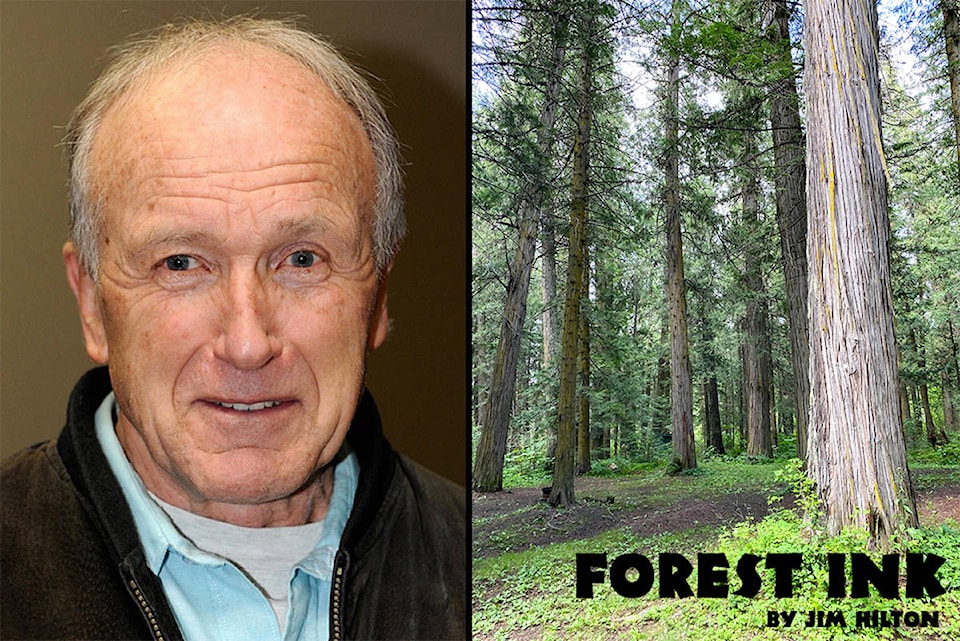For those readers who may want more information on what factors are important for making branch wood chips (BWC) I have included some important details.
The best sources are deciduous tree species like Oak while Maple and Beach also good sources. For those of us in the northern climates Birch, Aspen and Poplars will work as well. Coniferous species are not as preferred and a limit of 20 per cent in a mix is recommended by some gardeners. Research is ongoing with Larch trees which seems to be one of the better coniferous species for making branch wood chips. Another exception is a gardener in the northern USA who found chips from old Christmas trees made very good mulch. More research is needed on the potential of other tree species and shrubs especially in the northern climates.
Fine chips are more desirable but not so fine that they may compact. Organic gardeners are well acquainted with the use of BWC, an article from Stock Free Organics recommends the following application rate. Twenty to fifty cubic meters per hectare is recommended each year but 200 cubic meters per hectare every four years will also do.
Read more: FOREST INK: Ramial chipped wood promotes long-term soil health
This approach would be ideal if the four-year term worked into the rotation of the crops. This works out to one to two kilos per square metre if the products are at a 50 per cent moisture level. If you are planning on producing your own product it is estimated that you will need one hectare of trees for every hectare of garden but this could be in the form of wind breaks or shaded areas if needed. As was mentioned before, the wood chips are not mixed into the soil since that could upset the Carbon/Nitrogen balance and slow the crop growth.
The BWC are laid on top of the ground or lightly tilled into the top few inches so there is plenty of air to assist the soil organisms with the incorporation into the soil. It may take a few years before the full change in fertility is recognized (probably longer as you move north). If the soil has been very degraded it is advisable to inoculate the BWC with forest leaf mould which will start the fungus mycelium developing.
Many organic gardeners describe how the wood chips make an excellent covering for paths between the cropped areas as they keep the weeds down, provide a dry base for walking, reduce evaporation and cool the soil. As the wood chip fines on the paths are compacted and worked into the soil the poorest soils on the paths often out compete the adjacent crops after a few years.
There are lots of YouTube videos of gardeners using this method with advantages in increased yields but most importantly considerable water savings especially in the very hot climates in the southern states. Jake Mace (Urban Garden) Phoenix, Arizona describes how his watering decreased from every two days to every one or two weeks or more. The handling of wood chips may seem like a lot of work but it is made up for by less weeding, less watering and less area needed to get more end products.
In summary the BWC method does take longer than just adding chemical fertilizer or compost but the long term benefits are worth it. I do not have the space in this article to cover all of the information about time of application, amounts depending on the crop, concerns about pests, mixing with other wood chips and fertilizers etc. but there are lots of articles about gardeners who have had considerable long term success with this method.
Read more: FOREST INK: Long-term, positive results using an organic approach
Jim Hilton is a professional agrologist and forester who has lived and worked in the Cariboo Chilcotin for the past 40 years. Now retired, Hilton still volunteers his skills with local community forests organizations.
